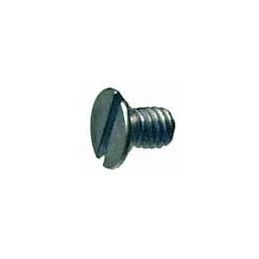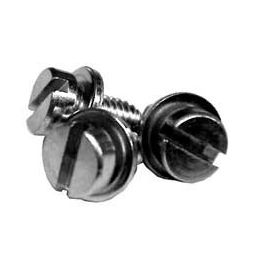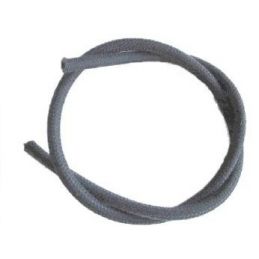Ports:
Bigger in this case is not better. Let me explain. Vacuum is the exact opposite of pressure. With that said, if you start with a 2 inch pipe and neck it down to ½ don’t we have more pressure coming out of the ½ opening? Yes we do. So now go the other way. Suck through the ½ opening and see what kind of vacuum we have at the 2” opening. I will tell you it will be less than if it was ½ the whole way. So what we want in general terms, is a port that is not huge so that we have a vacuum signal for the carb(s) at low end. So on stock heads I leave the port alone. If you want to polish it up great, but no porting. On my bigger valve heads I have them just slightly opened up, more than anything blending the port to the new valve size. One thing I see a lot here is the port is not blended. In other words, if you take the valve out you will see how the port under the valve is the same size as the valve seat then narrows in the middle of the port then gets bigger or stays small up to where the intake bolts on. If you’re a dot in the air flow think about how you will travel down this tunnel. We want smooth gradual transitions. There are a lot of cheap heads out there that advertise all you want to hear, but do your homework..
Pushrods and Rockers:
These engines have long push rods and they are not straight to the rockers so this has always been a problem (More so on Friday/Saturday night motors or drag motors than daily drivers). This is what I like to do to beef this area up. First, I use the solid shaft rocker kit. This gets rid of the stock hair pin clips and spring washers. These take time to set up so please take your time and do it right. If you get it right you will never have a rocker slide over and ruin your valve stem end. Also, with that I use the swivel feet adjusting screws. This keeps the wear down on the valve stem end and if you are running stainless steel valves then you don’t have to run a lash cap with this style adjusting screw. The stock screw drags along the valve stem end and it doesn’t swivel, so in effect it is digging at the end of the valve stem. The only thing that keeps it from ruining the end is the hardest of the end. Stainless steel is softer than the factory valve, so if you’re running a stainless steel valve then this style of screw should be a must have. Now I guess if you just have to have stock screws on the stainless steel valve then you can run a lash cap. Ok, now pushrods. You’re not running dual springs so in my opinion there is no reason to run chrome moly push rods. But, they’re stronger so why not? Here is why. We can all agree that aluminum grows faster and more than steel. We can also agree that our horizontally opposed motor expands when it gets warm. So now you have a motor that is expanding and a steel push rod that is not expanding as much or at the same rate. So what? Well think about it for a minute, doesn’t your valve lash get looser? Yes it does. VW has figured out that with an aluminum push rod that the valve lash will be X at temp. I guarantee it will be X plus with a steel push rod. So what? My valves are loose at temp. For every .001 it gets loose that is .001 the valve is not opening. Also think about this, if you hold your fist a ½ inch from the counter and strike it how much force is hitting the counter? Now hold your fist 8 inches from the counter. Does it do more damage? Hell yes it hurt my hand. Get what I am saying here? Keep in mind here, I am not against chrome moly push rods. I do run them, just not on a daily driver. When I do run them on Friday/Saturday night car I adjust my valves at .003 to try and make up for some of this growth problem. The problem with that is it’s so tight that you need to check your valves very often and I mean often. You see guys with drag cars adjusting their valves constantly. Here are my suggestions. On the 90 or 100 cam I use stock pushrods. On the 110 I use 3/8 aluminum. You don’t have to but, it’s extra insurance not to have a problem when running single heavy duty springs. As far as length goes, 99% of the time if you follow what I am doing you can use stock length. For more information on that please refer to an article I have previously written.
Up next will be our FINAL article on building the best daily driver engine







